PowerPoint Deck Template
Outlining Key ECE Advocacy Messages
Please see some highlights from the PowerPoint Deck below:
Global commitment to Quality Early Childhood Education
Target 4.2
By 2030, ensure that all girls and boys have access to quality early childhood development, care and preprimary education so that they are ready for primary education.
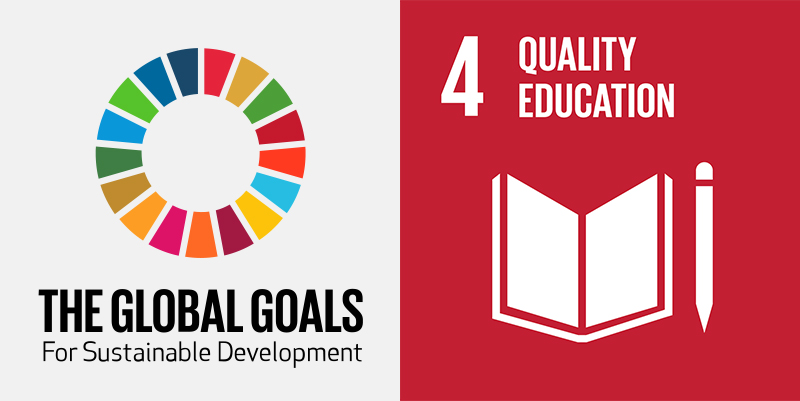
Access to ECE
What is the current situation?
More than 175 million children – nearly half of the world’s pre-primary-age children – are not enrolled in pre-primary education
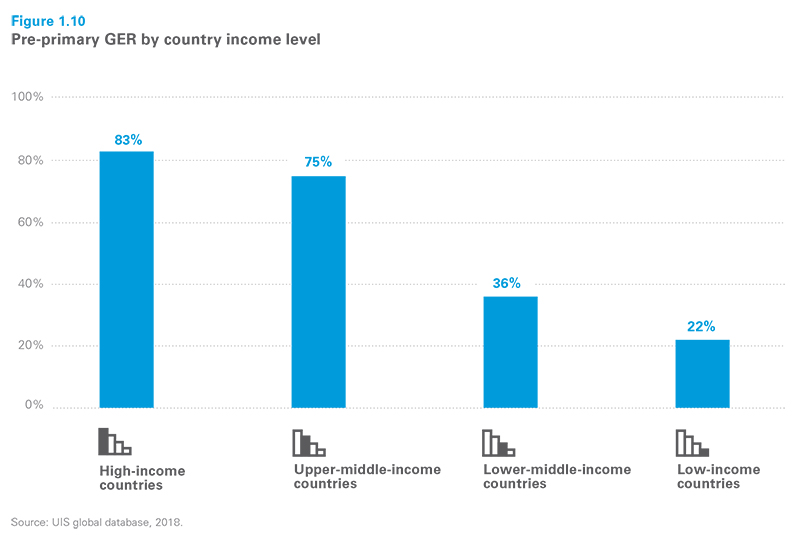
Projections for universal pre-primary enrolment
At the current pace, many low- and lower-middle-income countries will not achieve the SDG target for universal pre-primary education.
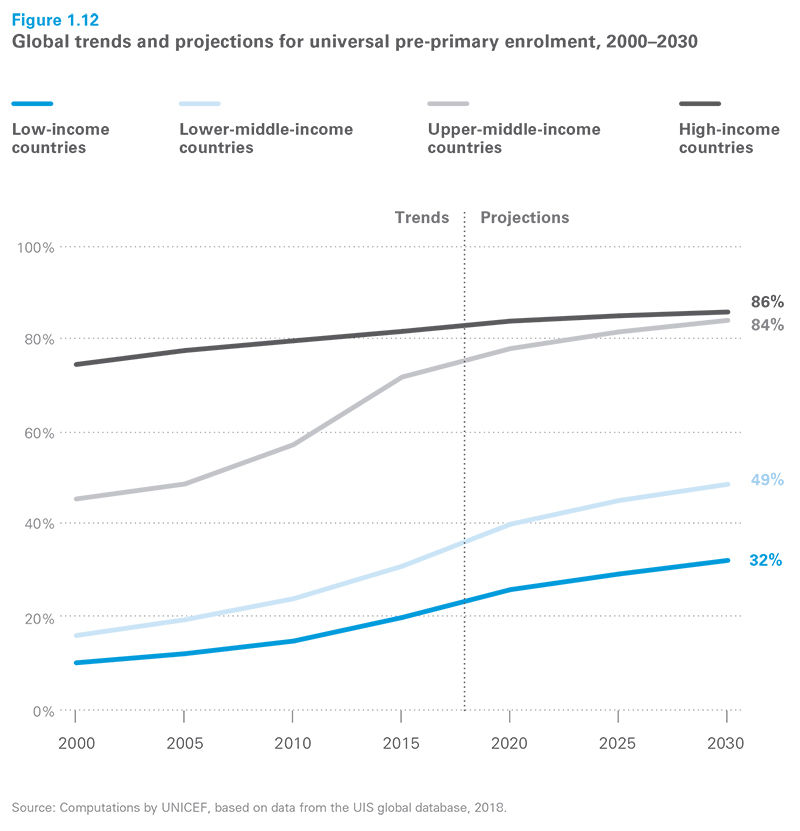
Key equity dimensions in ensuring access
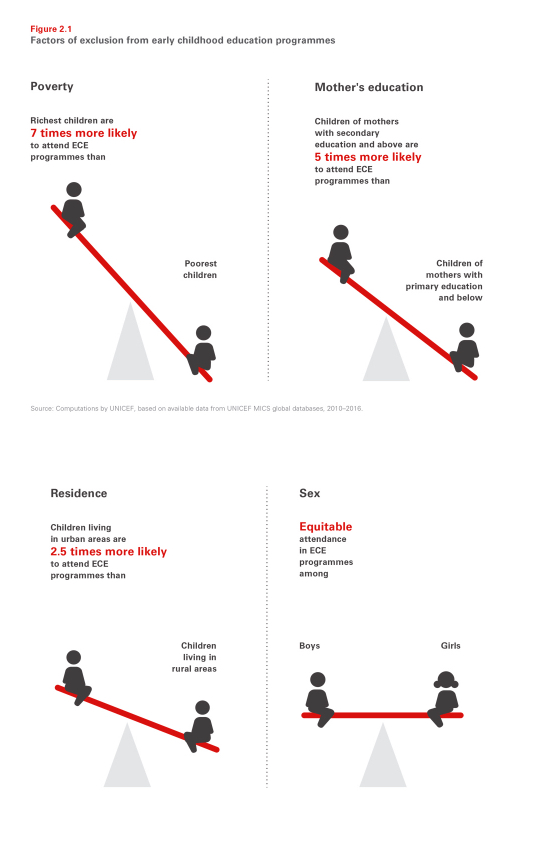
Systems approach for quality ECE
Quality universal pre-primary education requires a systems approach.
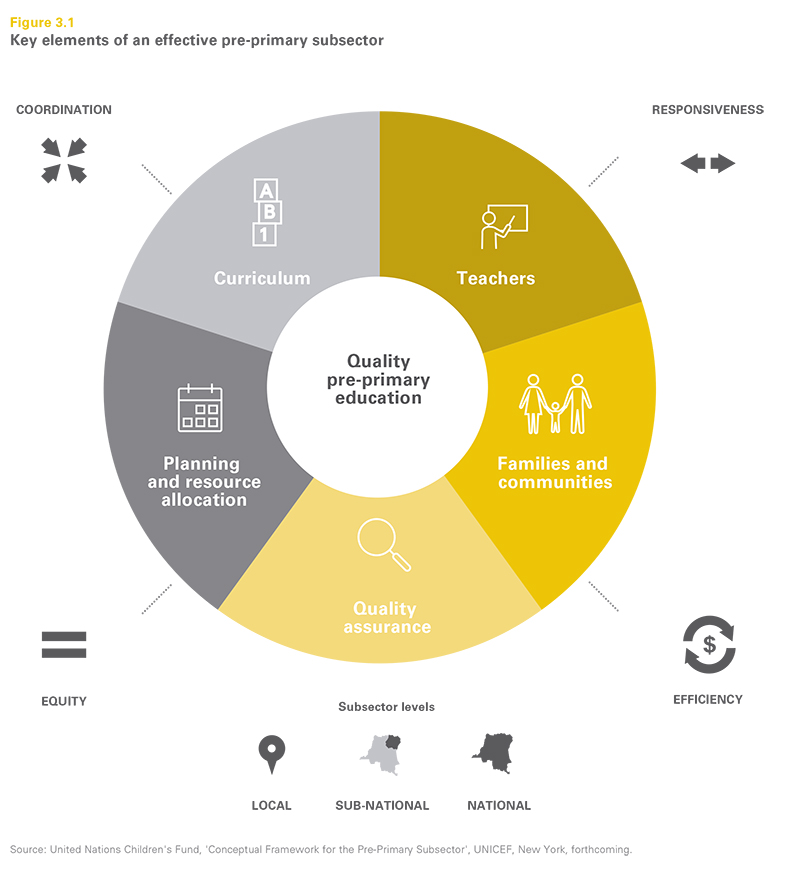
Distribution of funds across education levels
The distribution of funds across education levels is highly inequitable in low- and lower-middle-income countries.
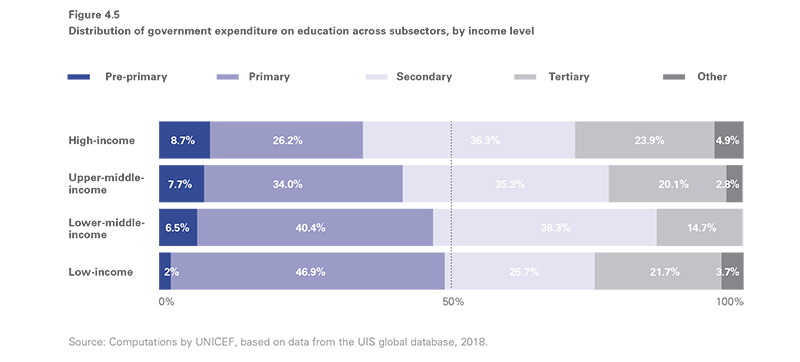
Progressive universalism for ECE
What would it take:
Use available resources more equitably and efficiently. Ensure vulnerable populations are not the last to benefit.
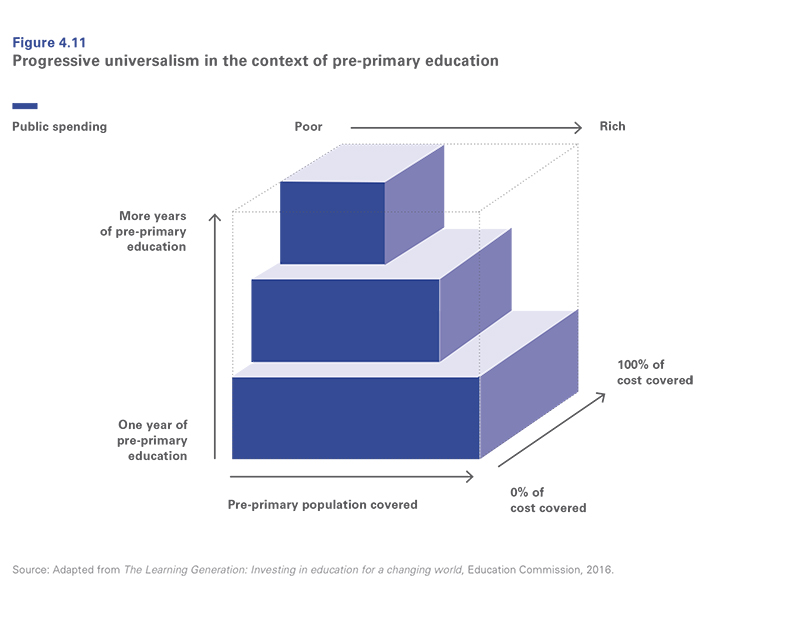
Call to action
There is an urgent need for leadership by Ministries of Education and Finance to make pre-primary education a routine part of every child’s education. To support their commitment, the following recommendations are proposed:
Prioritization of at least one year of pre-primary education in every country’s Education Sector Plan and policies.
Policies that maintain a universal commitment and prioritize the poorest and hardest-to-reach children (including children living in countries affected by emergencies) at the start of the road to universality, not at the end.
Commitment to build durable systems for early childhood education that can deliver quality at scale, including developing robust strategies for growing and supporting the pre-primary workforce and establishing quality standards.
Significant increase in financing for pre-primary education and ensure an adequate level of public and international resources for this subsector (at least 10% of education budgets allocated to this subsector.
Common vision for the subsector among governments, donors and partners to make funding and technical assistance available where and when it is most needed.